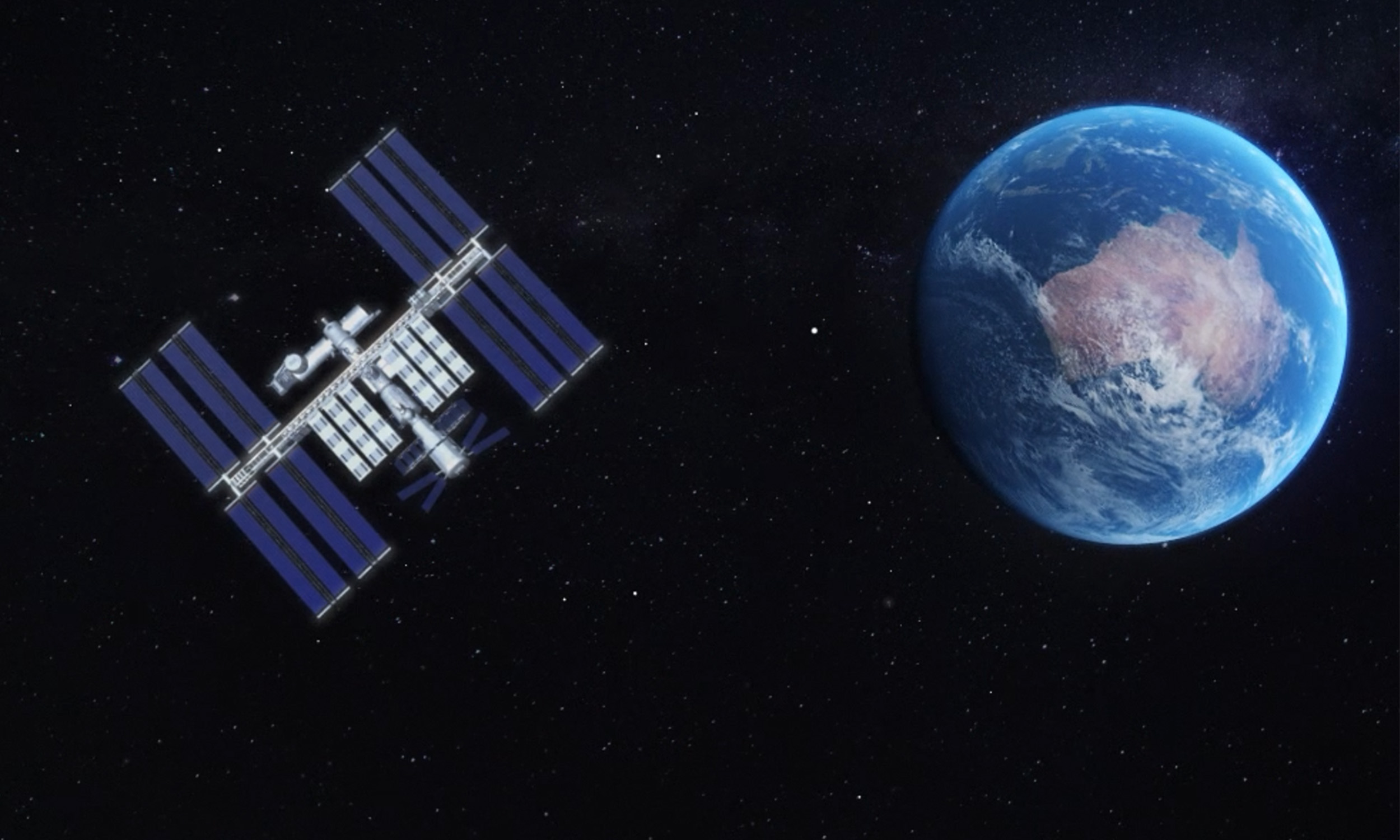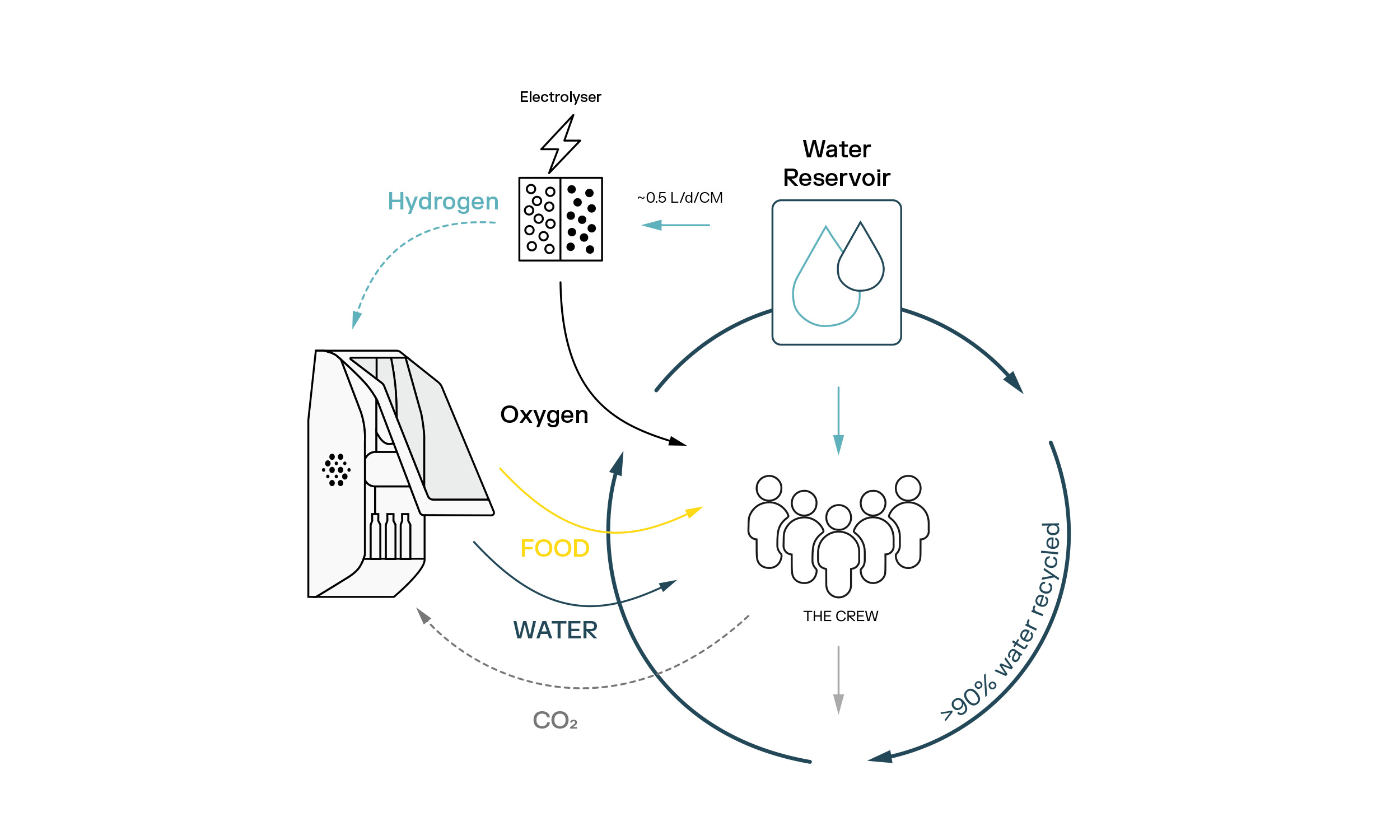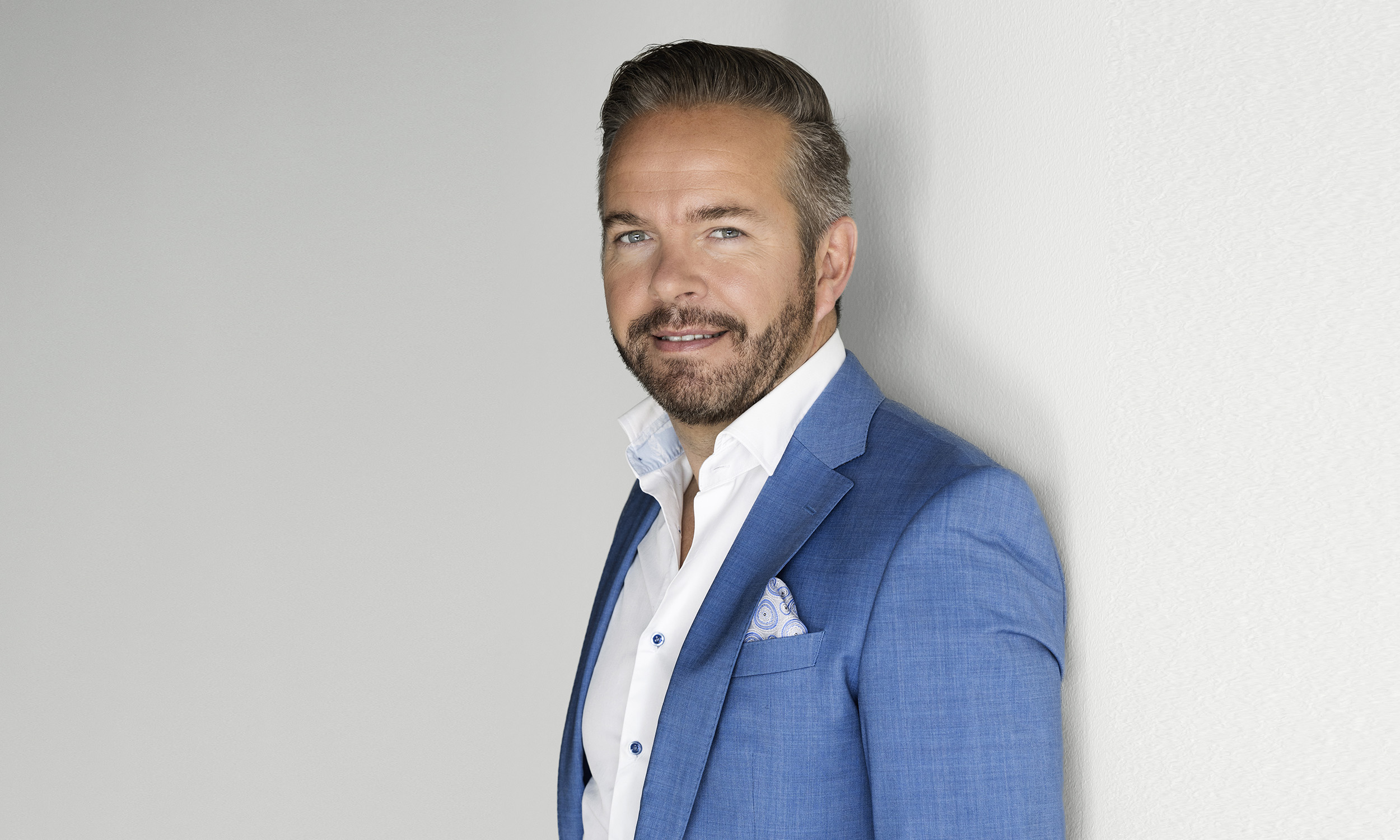In conversation with Arttu Luukanen: Solein® tops the list of NASA’s alternatives for space food systems

Interview with:
Arttu Luukanen, Senior Vice President of Space & Defence at Solar Foods
This August, Solar Foods achieved a significant milestone by winning the International category in the third and final stage of the Deep Space Food Challenge. The challenge organised by NASA (National Aeronautics and Space Administration), CSA (Canadian Space Agency), and the Methuselah Foundation, is designed to foster innovation in food systems for long-term space missions. It pushed Solar Foods to test and refine its pioneering product—Solein—a microbial protein produced with electricity, carbon dioxide, hydrogen, and water. Arttu Luukanen, Senior Vice President of Space & Defence at Solar Foods, shares the journey, challenges, and future outlook for humanity’s goal to sustain life beyond Earth.
Why did Solar Foods take part in the Deep Space Food Challenge?
The Deep Space Food Challenge is one of NASA’s Centennial Challenges, directly engaging the public to generate revolutionary solutions to problems of interest to NASA. This problem was about how future space exploration missions can be equipped with sustainable food production systems. “Think of the planet as Spaceship Earth,” says Luukanen. “Just like in space, we need to close resource loops on our planet, making sure nothing goes to waste. Space food is the ultimate example of a circular economy, where the only input is energy.”
As space missions extend further from Earth, traditional methods of supplying food become unviable. It already costs tens of thousands of dollars to send just a kilogram of food to Low Earth Orbit. Sending food to Mars not only becomes prohibitively expensive but food, especially protein, would also go bad during the multi-year mission to the red planet. With human presence on the Moon being planned through NASA’s Artemis program and ambitions to send astronauts to Mars, food production in space becomes not just important but mission critical. Solar Foods entered the competition with the ambition to provide a long-term solution to these challenges, offering Solein as a way to create nutritious food in space using resources already available aboard spacecraft or lunar bases—which include carbon dioxide and hydrogen, the main raw materials needed to produce Solein.
Solein’s winning formula: the water loop
The Deep Space Food Challenge was structured in multiple phases, with over 300 teams entering the first round. Solar Foods had to develop an initial concept of how their bioreactor would operate in space, detailing the inputs and outputs of the system. Solein, Solar Foods’ first product, played a central role in the company’s success in the competition. Produced using a biofermentation process that feeds on hydrogen and carbon dioxide, Solein is not only sustainable but highly efficient. Solein conserves one of the most valuable resources in space—water.
One of the major breakthroughs came when the team realized their technology could close critical water loops in space. “In space habitats, oxygen is generated by splitting water molecules. While the oxygen is used by the crew, the hydrogen is typically vented into space, wasting valuable water. By feeding this hydrogen and the CO2 exhaled by astronauts on the spacecraft into our process, we can recover the water while producing Solein at the same time,” explains Luukanen. This solution addressed one of the most critical challenges for long-term space missions: maintaining a sustainable water supply. The innovation aligned perfectly with NASA’s long-term goals for sustainability in space missions, especially considering the recently published Decadal Survey released by the National Academies that advocates significant investments towards the development of bioregenerative life support systems.

Overcoming challenges
Winning the Deep Space Food Challenge was no easy task. One major hurdle was the handling of explosive hydrogen and oxygen mixtures in the bioreactor. “We’re working with small-scale reactors, about 40 to 50 litres, and we needed to ensure that there were no situations where the process could go wrong. While the energy involved isn’t enough to cause catastrophic damage, safety remains a top priority,” Luukanen notes.
Additionally, the microgravity environment in space poses unique challenges. On Earth, gases and liquids behave predictably, but in space, their movement changes drastically, making bioreactor design far more complex. “In space, we can’t rely on the same reactor designs we use on Earth,” Luukanen explains. “Our system needs to be fully autonomous because astronauts won’t have the time to constantly monitor and adjust the equipment.”
Another challenge was ensuring the quality of the final product. While on Earth, quality control often involves laboratory processes like Petri dish testing, in space, more advanced and automated systems are required to verify that the product remains safe and uncontaminated.

The larger impact of space exploration on Earth
The Deep Space Food Challenge victory underscores Solar Foods’ ability to overcome the challenges and innovate and deliver solutions that meet the most extreme needs—those of sustaining life in space.
Luukanen believes that the lessons learned from space exploration have direct applications to life on Earth. “This competition win can be considered a NASA stamp of approval of our concept. When we learn to manage smaller circular loops on spaceships or space stations, we get better at managing the bigger ones here in the ecosystems of Earth,” he says. “If we can free up resources through circular methods in food production, we could have a wilder, healthier planet.”

